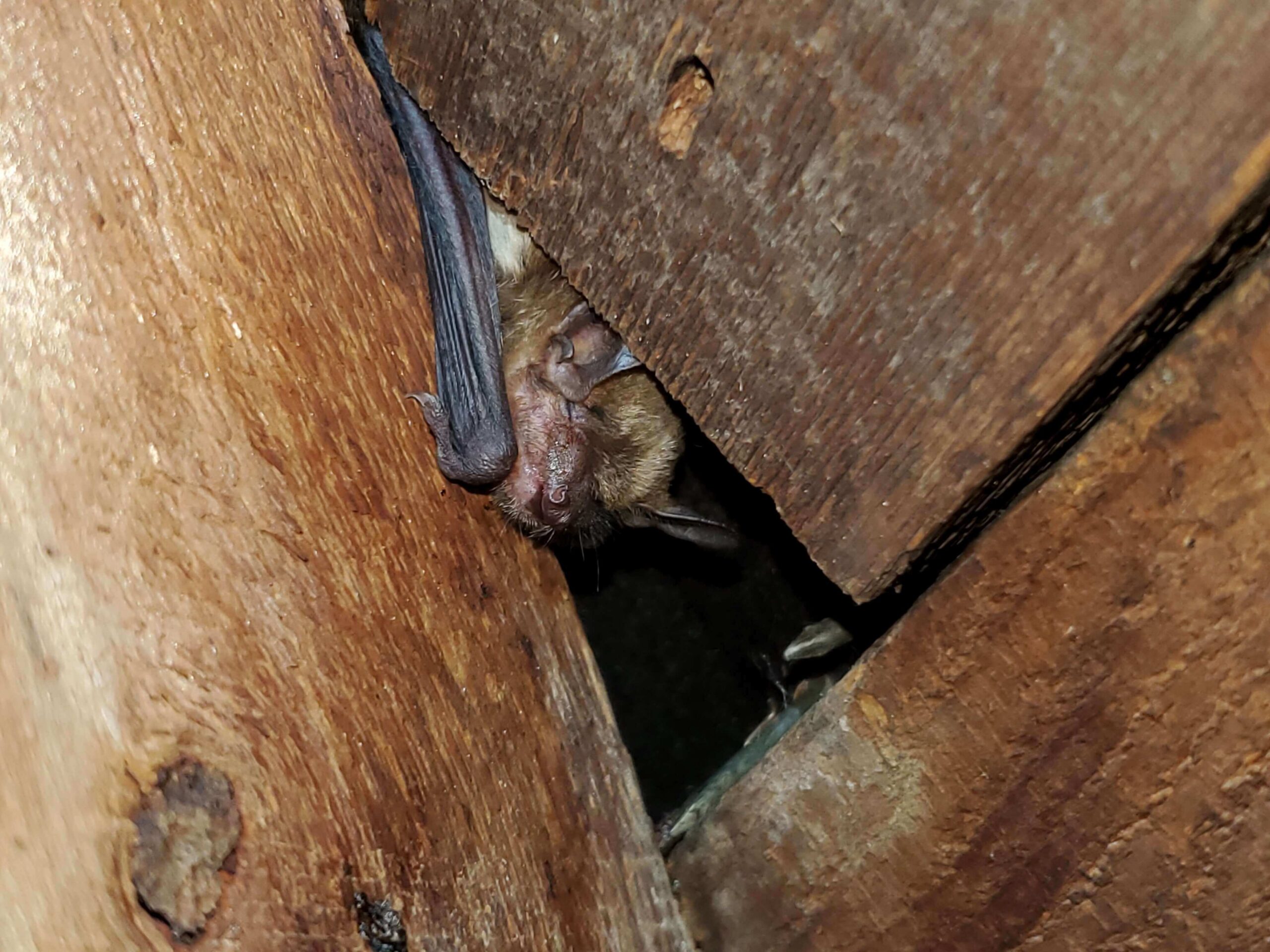Contrary to popular belief, bats are not blind, nor do they have an exceptional vision to help them see better at night. Knowing more about how bats use their senses is part of the reason why we can perform successful bat removal in Hamilton. Bats actually locate their food using sound, which they also use to communicate with one another.
What Is Echolocation, and How Do Bats Use It?
Bat echolocation is like a natural form of sonar, which submarines use to navigate under the water. A submarine produces a series of sounds. The sound waves bounce off any objects in a sub’s path and are reflected back to the sub. The sub has microphone equipment to collect the sound waves and interpret the information.
Echolocation works more or less the same way. The bat makes high-pitched noises through its nose or mouth and listens for the reflected sound waves bouncing off objects or other animals. Bats typically have big ears, which help them detect the echo. Their brains are highly sensitive and can interpret the data that the sound waves communicate to tell the size, shape, and distance of objects in their path. If they conclude that it is an obstacle, they can change course to avoid it. If it is an insect, they can swoop in and snatch it from the air. Using echolocation, a bat can detect an object no wider than human hair. Because they feed on insects, they need sensitive detection abilities; the average mosquito is not much wider than a human hair.
How Do Bats Communicate With One Another?
Bats don’t only vocalize for purposes of echolocation. They also make noises to communicate with one another. Bats communicate through noises such as screeches and chirps. They have complicated social interactions; scientists have found that if a male and female bat is “talking” to each other, it sounds different than a “conversation” between two males or two females.
Unfortunately, even if humans could understand what bats were saying to one another, it is impossible for humans to hear most bat vocalizations. The highest frequency that the human ear can perceive is 28,000 Hertz. Bats have a more sensitive hearing to perceive sounds with frequencies of approximately 100,000 Hertz, and most of the sounds that they make are in the higher-frequency ranges beyond the normal hearing range. It is only by using ultrasonic microphones that can record bat vocalizations and slow them so that their frequency is within the normal hearing range that humans can hear the different sounds that bats make.
How Do Bats Get Into Homes, and How To Get Rid of Bats?
Bat echolocation helps them find ways into your homes. Because their hearing is so sensitive, reflected sound waves tell them all about your home and can help them locate holes so small that you might never have noticed them. They can also feel warm air coming from gaps in the home’s exterior.
Do-it-yourself bat removal is not recommended. Bats are at least as scared of you as you are of them. They may bite in self-defence, and bats are frequent carriers of rabies. Furthermore, you may harm the bats by attempting to remove them. Bat populations have decreased alarmingly over the past 10 to 15 years, and laws are now in place to protect them.
How Does Skedaddle’s Assess-and-Remove Service Apply to Bat Removal in Hamilton?
Our technicians always perform an assessment to determine the extent of the intrusion and the entry points the animals have used. We use this information to formulate an effective removal strategy. Our assessment of a bat infestation also involves determining where the bats are in their reproductive cycle as it is illegal to disturb bats that are raising offspring. Find out more about the wildlife services we offer in your area, including bat removal.




